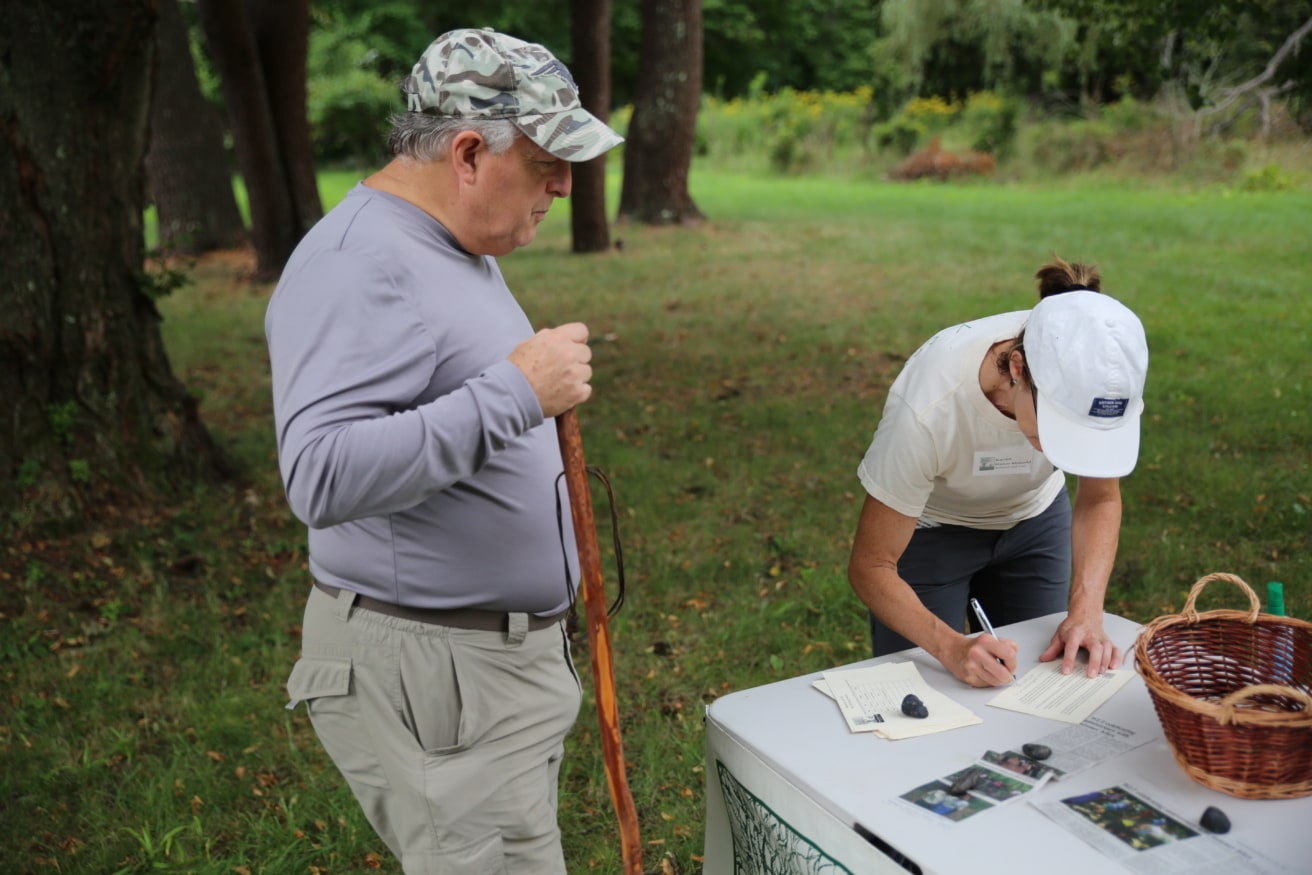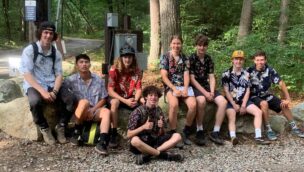The Value of Conservation

How Local Leaders Protect Land for All
Conservation, in short, is complicated work. Legally speaking, it’s often enforced through what’s known as a conservation restriction or CR: an enforceable agreement that ensures permanent protection, and limited use, of designated land. In Massachusetts, CRs require the approval of the Secretary of Energy and Environmental Affairs and are subject to review by the Division of Conservation Services.
Private landowners who wish to place conservation restrictions on their properties are known as “Grantors.” Organizations that hold CRs—often a local government or one of nearly 200 nonprofits that ensure the terms of CRs are upheld—are known as “Grantees.” When Grantors sell or donate certain rights (such as the ability to build on their properties), they “extinguish” the development value of those parcels and ensure open space is protected in perpetuity, even as they maintain ownership of the land. Municipalities have been known to leverage resources like the Community Preservation Act to protect larger tracts for the public good.
But despite the prevalence of conservation restrictions, “a lot of people don’t even know what a CR is,” says Tom French, president of the Dover Land Conservation Trust (DLCT). “People understand ownership of land by one organization, but the notion that an owner can retain ownership of land—but sell the development rights—can make it hard for the public to appreciate the substantial economic value of what [the individual or organization] is giving away, and that it’s to the community’s benefit.”
French grew up in a family that was committed to conservation and has lived near conserved land throughout his life. He moved to Dover nearly three decades ago, in part for its open space. This relationship between people and open space is mutually reinforcing, he says; a virtuous loop in which the opportunity to experience and appreciate nature makes one more inclined to preserve it.
French would know: DLCT holds CRs on roughly 60 acres of land and protects more than 700 acres in Dover, some of which are adjacent to Hale. And having contiguous open space is critical, says Karen Manor Metzold, president of the Westwood Land Trust (WLT), who grew up in a rural environment in upstate New York.
“One of the reasons we chose to live in Westwood was because it was so close to Boston but still had open space,” she says. “For those of us who like to hike, trails and access to nature [are] practically in our backyards. And open space is vital to protecting waterways, streams, and vernal pools.”
The Perry property, a 36-acre preserved parcel on Hartford Street that abuts Hale’s Sen Ki area, is one of many spaces Manor Metzold collaboratively worked to protect.
“The Perry family wanted to preserve their property. The appraisal valued it at more than $3.45MM,” she recalls. “The Perrys offered WLT the opportunity to extinguish development rights for $1.5MM. Through many private donations, WLT raised the funds, and a conservation restriction was placed on the property in 2005. WLT is the [primary] holder of the CR, and the New England Forestry Foundation is the secondary [holder of the CR].”
The motivation to preserve open space is different for everyone, says D.A. Hayden. As Portfolio Director—Charles River Valley for The Trustees, Hayden is responsible for properties owned and managed by the largest land conservation organization in Massachusetts.
“Advocates often fall into one of three groups,” she finds. “There are individuals who naturally appreciate and understand the benefits of open space. There are residents who don’t want to see space developed or infrastructure expanded to support it. And then there are people who just know in the backs of their minds that it’s the right thing to do. They may not know about habitats, biodiversity, or carbon sequestration, but they get behind efforts to preserve land.”
And while some would argue that urban planning and development generally benefits communities, these leaders question to what extent. Environmentally speaking, Hayden cites the USDA’s estimate that one acre of forest can absorb six tons of carbon dioxide and produce four tons of oxygen, an important consideration in the face of climate resiliency. French hopes people will carefully examine economic arguments.
“Towns often think that if land gets developed, it provides a [new] tax base,” says French. “But people who study these issues point out that when large tracts of land are developed, infrastructure needs to be scaled to support it, and the cost of scaling infrastructure tends to outweigh any financial benefit of real estate property taxes.”
Whether for conservation or new construction, “you have to pay for things you value,” he concludes. “How much do you value open space, as a community? You have to decide what matters to you. The cost of not preserving it, and letting it get developed, is higher than you probably think.”
This article originally appeared in the 2024 issue of Hale Magazine.









